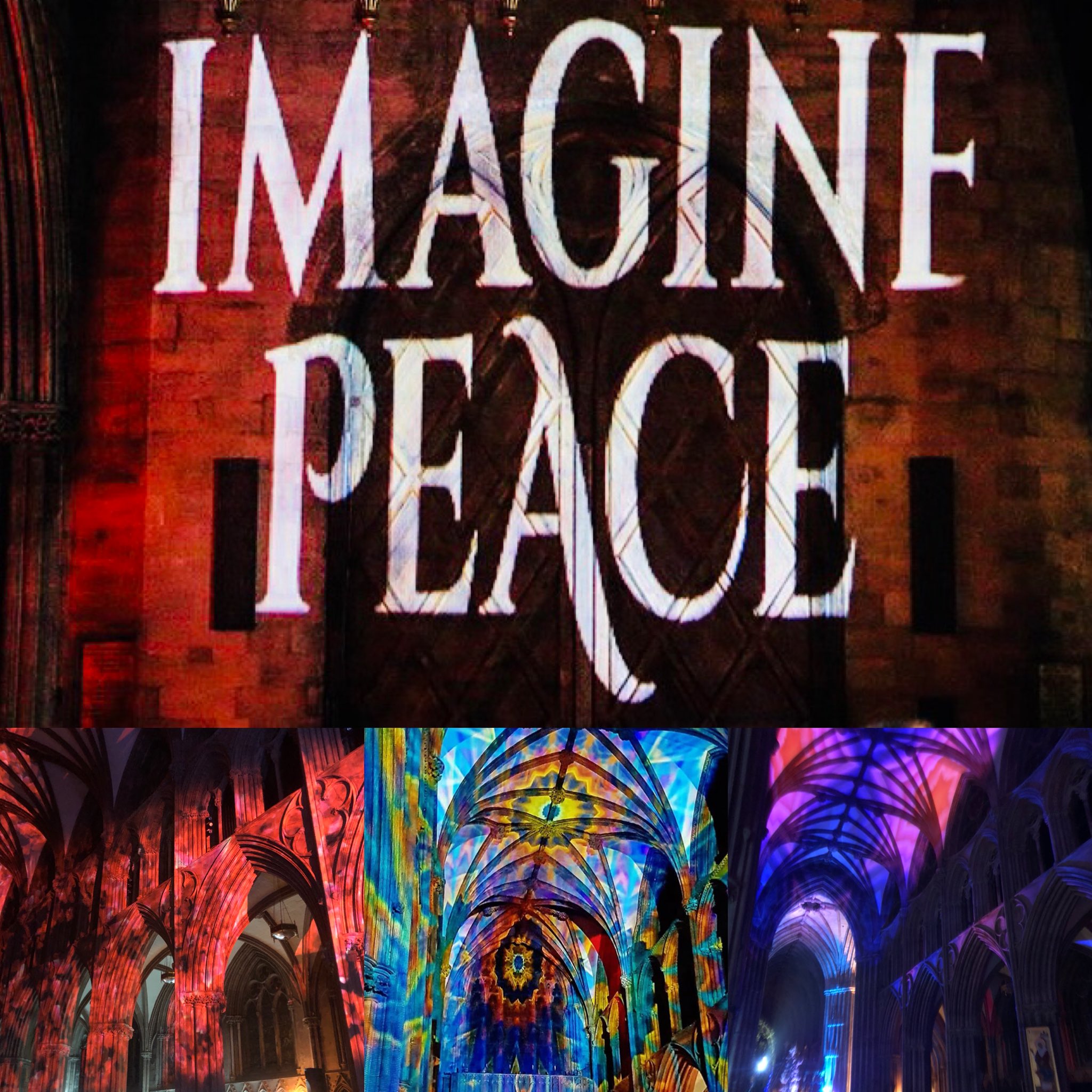
Theres nothing like a military funeral to bring home the sheer pathos of a young life cut short, of a familys loss; of a company of servicemen and women bereaved and troubled by the action in which they have been involved. Perhaps I have had to oversee one too many of these. The campaigns in Iraq and Afghanistan have left plenty of wounds in communities across Britain, mine is no exception. That is why as we approach this the hundredth anniversary of the Armistice that ended the Great War of 1914-18, I think that as a Church and nation we need to look with fresh eyes on the way we do remembrance.
Every November my own Cathedral in common with every other Church and community, joins in Remembrance-tide commemorations with all the traditional elements: flags, parade, band, bugles, Last Post, poppies, silence, and the pledge to remember. The rituals and monuments, shrines and cenotaphs were all designed to give a focus to public and private grief, to transmute the rawness of loss into hope. Im not so sure its enough. Is it sufficiently honest to the experience of conflict, does it point a path to peace?
The memories and history of that First World War conflict do not recede as time recedes. The scale of the loss and devastation was an enormous shock to all the nations of Europe:empires crumbled, a fragile peace emerged; but the trauma and experience of war marked a generation, and still haunts our imagination. Traditions survive when they are thought through and developed, not when they lapse into routine or become a clich. What we have tried to develop here at Lichfield during this centenary year of the Armistice might be a starter for a wider national conversation about Remembrance.
This summer we held an immersive and inter-active exhibition Imagine Peace. We surrounded the Cathedral with 1918 saplings and young trees that will go on to form a permanent woodland peace garden in the city when planted in the autumn. We invited people to reflect on peace as they walked through this labyrinth. Inside the Cathedral, a sound and light installation showed sixteen million leaves falling to earth in commemoration of every life lost, while a kaleidoscope of colour projections asked people to Imagine Peace for themselves this Armistice year; with references to great biblical teaching on peace alongside messages and dreams of peace from contemporary voices. People were invited to craft a symbolic dove of peace, to write their reflections, to name their concerns, to be thankful for freedom and liberty. And they came. Over the 12 days of the exhibition, we saw almost 12,000 visitors come and Imagine Peace for themselves.
Violence and conflict stain our history, war being the last resort in the overthrow of evil and threat.But what about the steps necessary to resolve difference before conflict becomes inevitable, and the healing of minds and nations after war has been waged? What about reconciliation?
Christian theology analyses human ingenuity in evil and offers one revealed story to a path out of our wraths and sorrows: the dying and rising of Jesus Christ. As people of faith, the Church has the task of putting an alternative vision of creation flourishing. Our Medieval ancestors in England delighted in portraying the cross in flower. The cross was the tree, not of defeat, but of life; evil had been defeated, sin remedied. The final book of the Bible, Revelation, ends with the tree of life, Christs Cross in glory, straddling a wide river, its fruit feeding the world and the leaves of the tree are for the healing of the nations (Revelation 22:2).
Taking that vision of flourishing, healing and resurrection forward might be the most significant addition we make to remembrance. Its become a commonplace piece of contemporary apocalyptic to say that the next world-shattering conflict will be about water, or the land by which we feed ourselves, or the purity of the air we breathe, or the stability of our climate.Helping people to think about human responsibility and vulnerability is a vital way of honouring the Armistice of 1918 by curing the causes of conflict. Maybe the symbolism of resurrection and re-birth, found in the shape of the tree of life, might presage the re-greening of our own land, and push us into a different phase of remembering and peace-making?
The Very Reverend Adrian Dorber
Dean of Lichfield
This article first appeared in The Times on Saturday 1 September